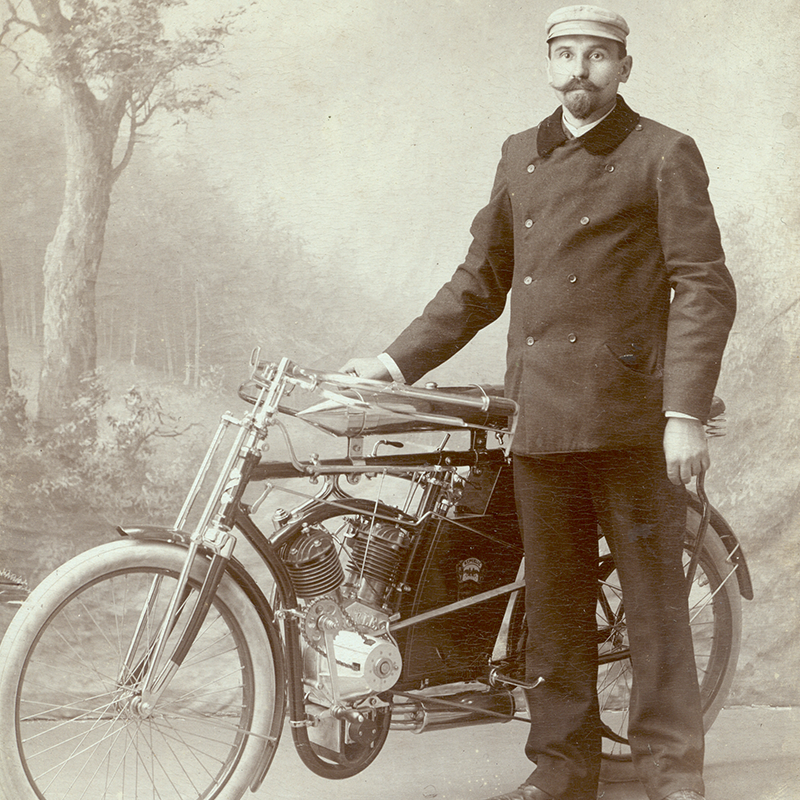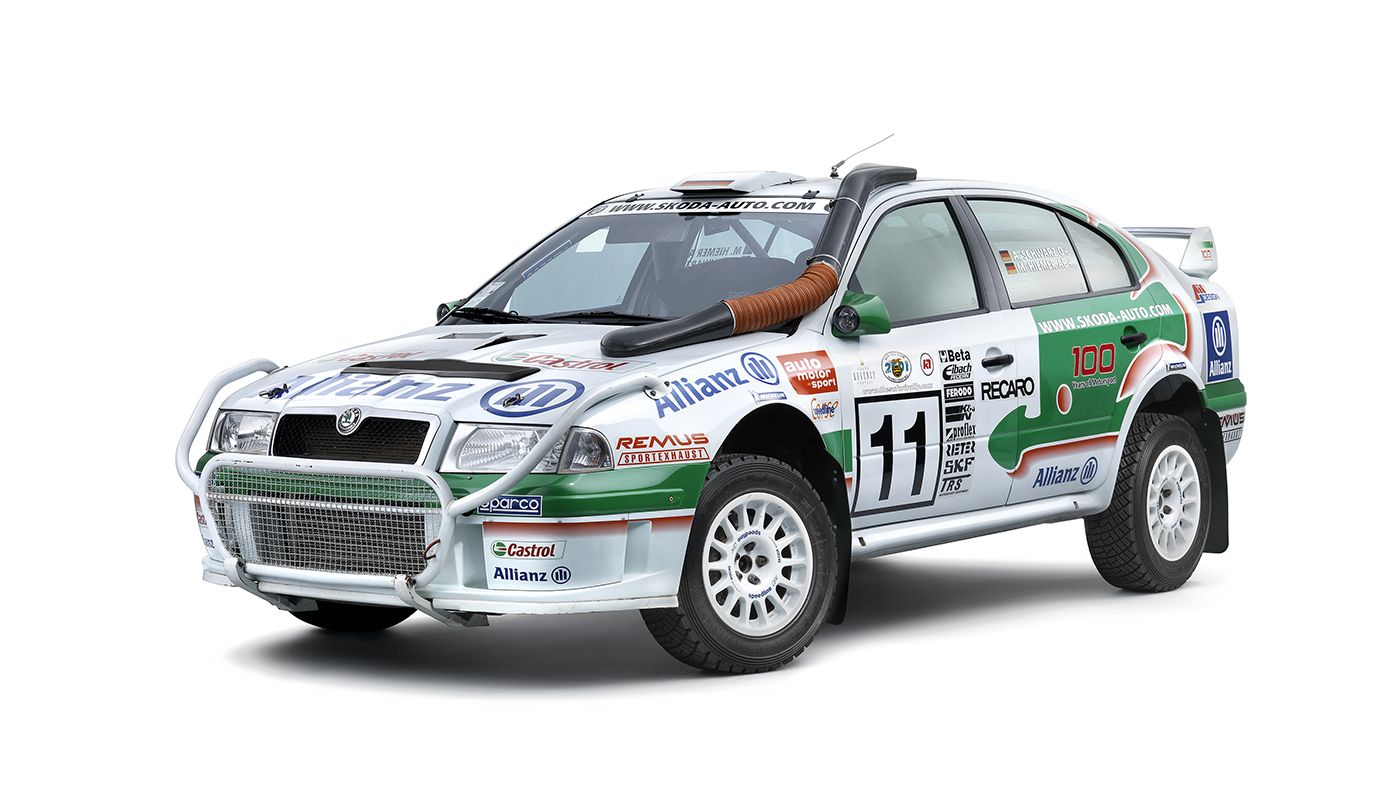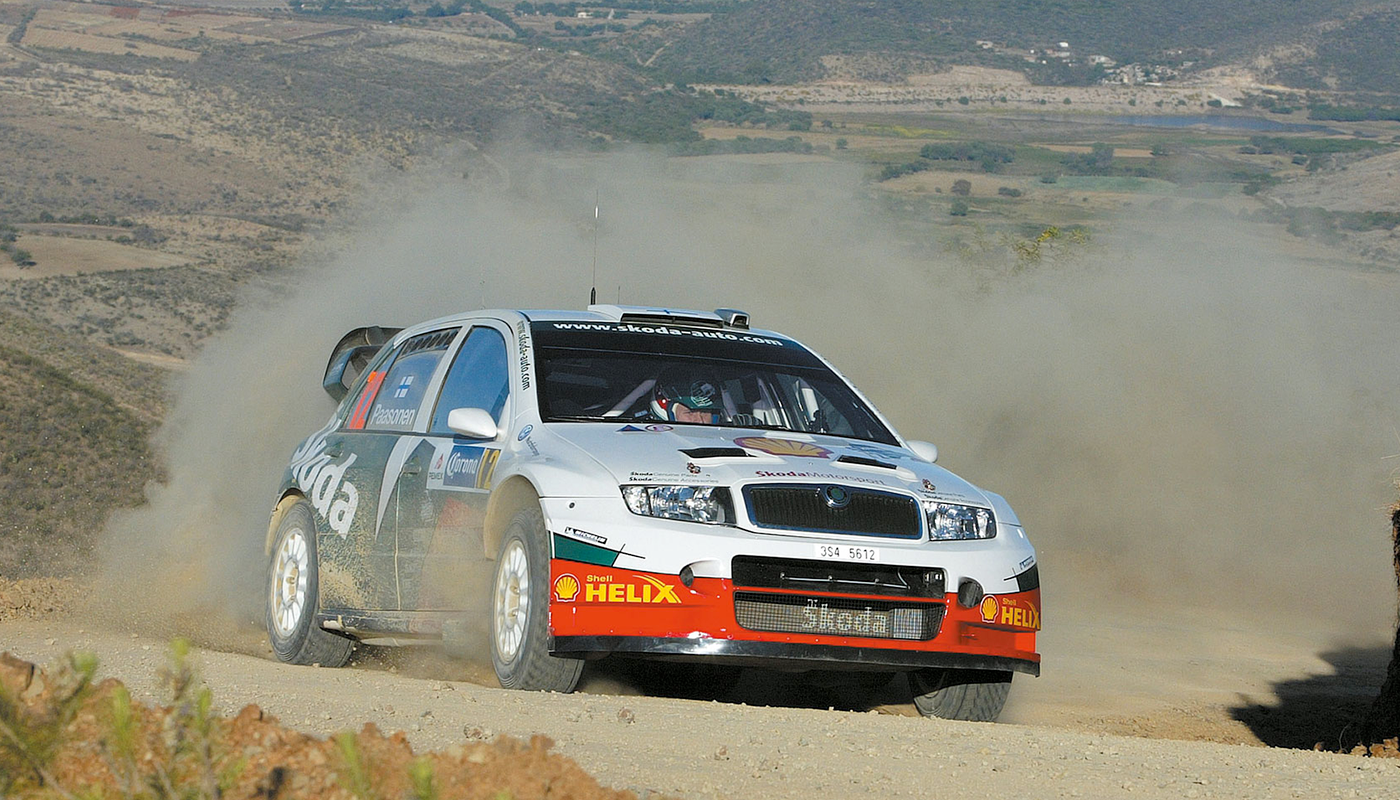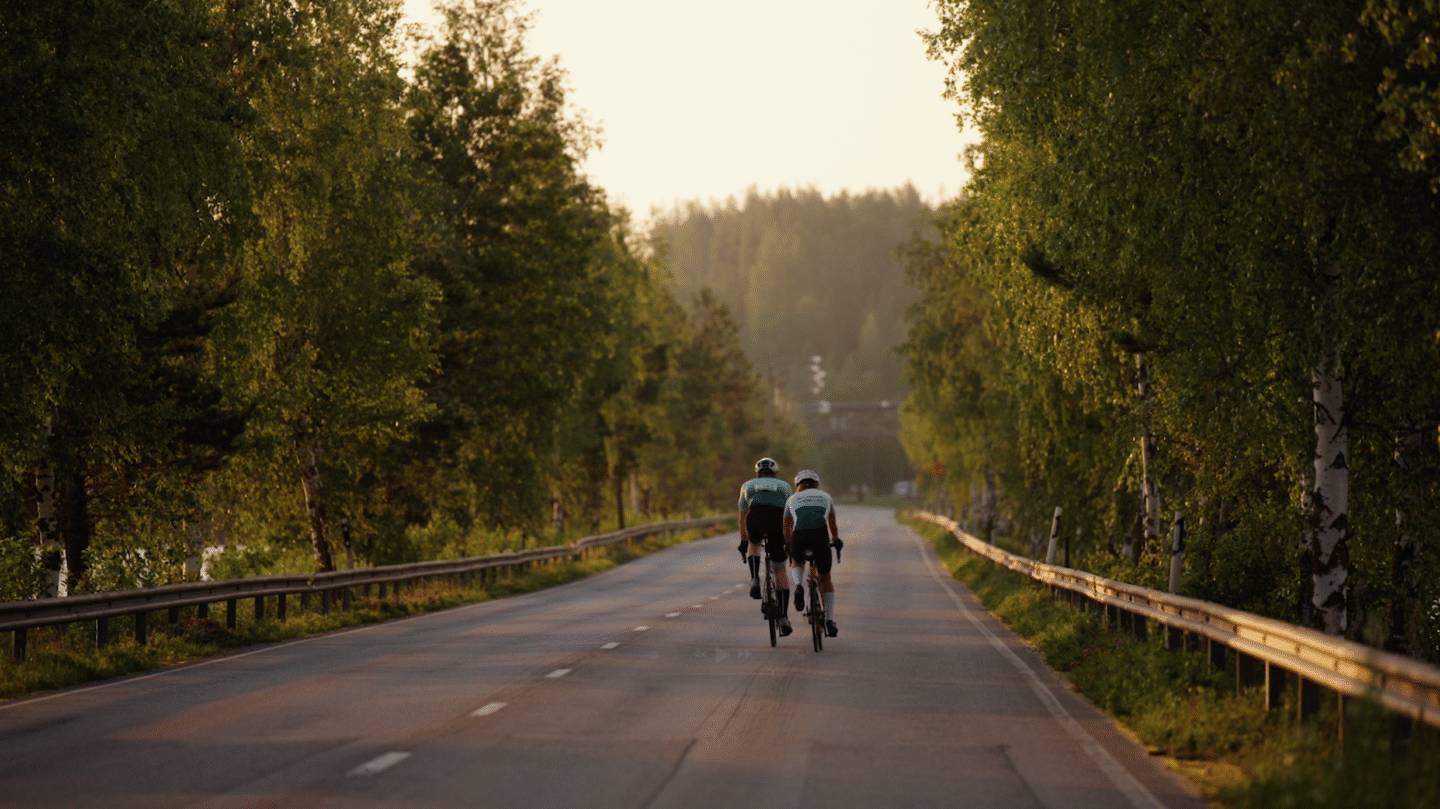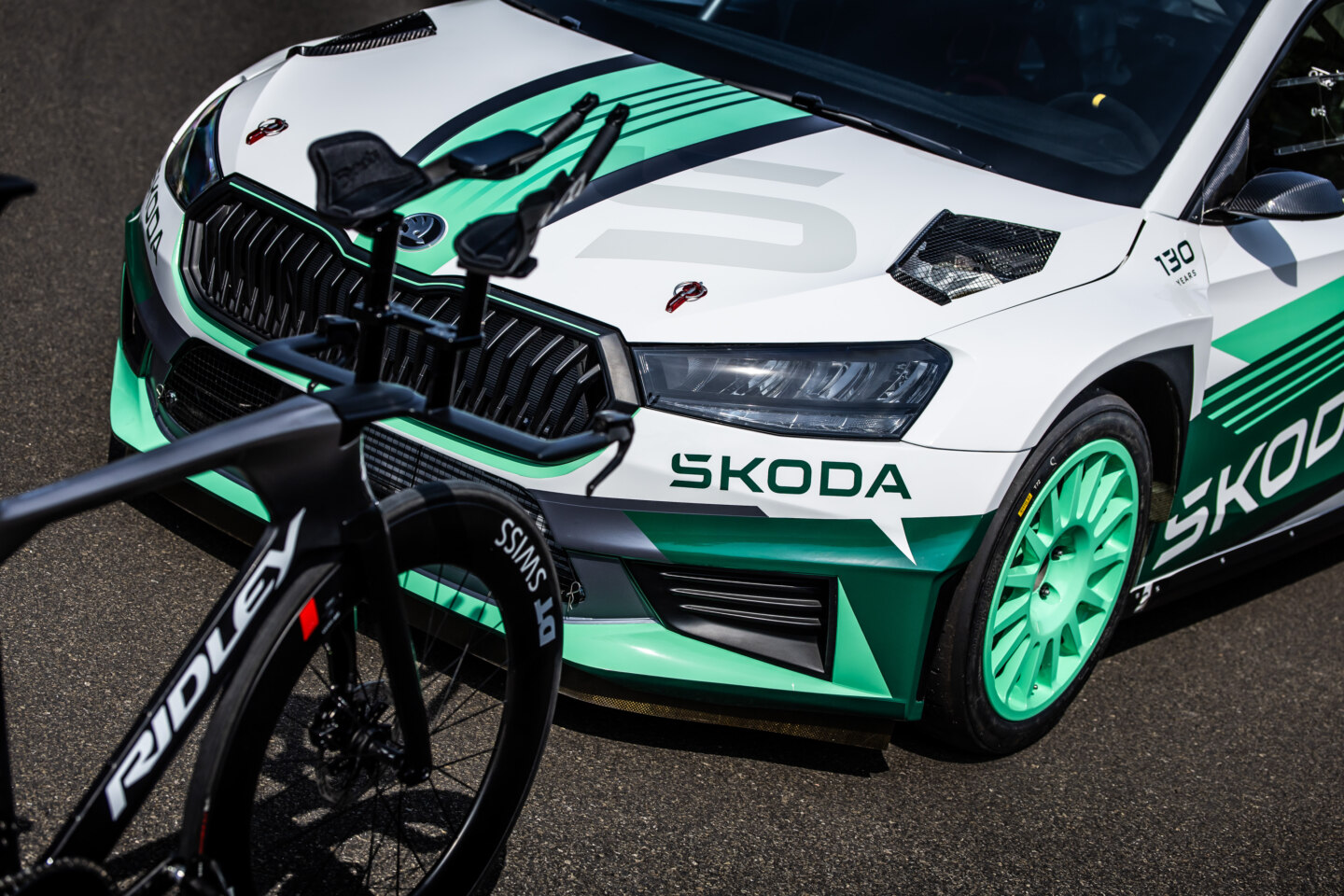Zdeněk Pohl and Jaroslav Hausman attracted additional acclaim in 1936 when they placed second in their displacement class at the Rallye Monte Carlo with the ŠKODA POPULAR SPORT two-seater. This success spurred further enthusiasm for rally racing in their Czechoslovak homeland. ŠKODA responded promptly and presented the sports model ŠKODA POPULAR SPORT Monte Carlo.

ŠKODA OCTAVIA (1961) - Monte Carlo, Esko Keinänen and Rainer Eklund, a clipping from the corporate magazine „Ventil“ (Valve) from August 1961
ŠKODA continued in its motorsport activities after World War II. Another milestone was participation in the 24 Hours of Le Mans in 1950. In addition, open sports cars based on the 1101 production model achieved many victories on circuit races in Eastern Europe. ŠKODA OCTAVIA, introduced in 1959, raced from one success to the next in the touring cars class with displacement under 1.3 l. In 1961, not only did the Finnish team of Esko Keinänen and Rainer Eklund win their class in the Rallye Monte Carlo, they also took a sensational sixth place in the overall ranking.



